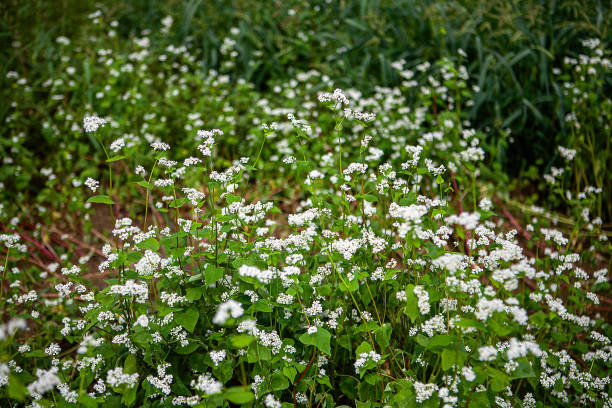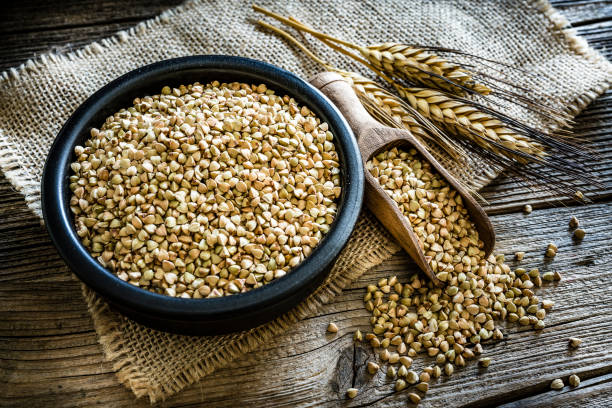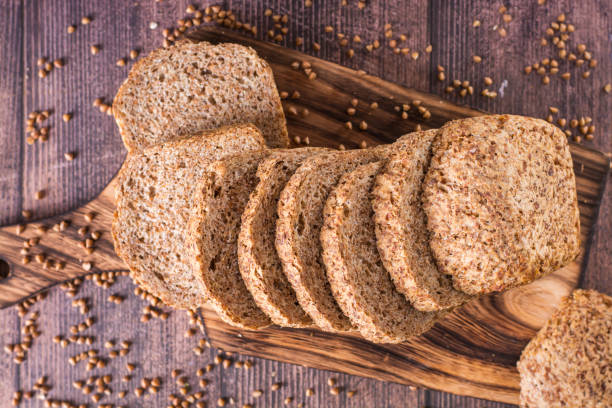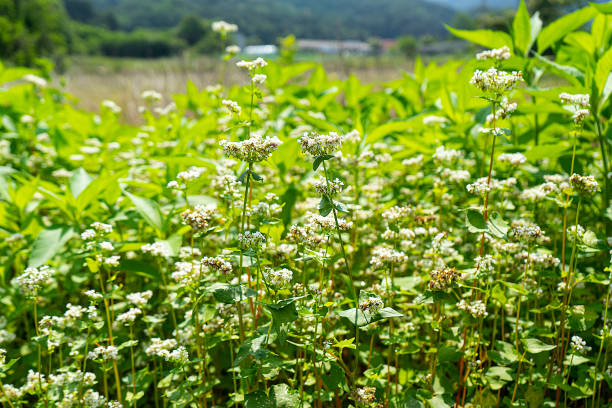This fast-growing gluten-free plant is the perfect grain to grow in your garden. Why not grow it in your garden and harvest it quickly?
Growing buckwheat
Buckwheat plants produce seed faster than any other grain crop. Perfect for short growing seasons. It is popular to grow it in areas of short summers. The blooming white flowers on buckwheat make a field of it quite striking. Since the plant is considered a warm-season crop unlike its counterparts it will not tolerate cooler climates.
The buckwheat plants will reach about 70 to 90 cm tall if planted in early summer and the ones planted in mid to late summer tend to be shorter. Growing the best grain is all about the perfect timing. The grain will grow in any sunny site with good soil drainage.
To improve your buckwheat harvest, use a balanced organic fertilizer in the soil before planting. When planting, make sure your crops have enough space, whether you plant them individually or in rows. Buckwheat also pairs well with smaller flower companion plants and will attract many beneficial insects to your garden.

Image Credit: Unsplash
Harvesting the buckwheat grain
When harvesting buckwheat, it’s important to note that not all the seeds will mature and ripen simultaneously. The seeds ripen at the bottom of the plant first. As a home gardener, there are a few options for harvesting the crop:
- Harvest by hand
Although this is the easiest method to harvest it can be a bit tedious and should be done regularly to avoid seed loss.
- Cut and dry your plants
Only cut once the plants have reached the 10-week mark. When harvesting with this method, you only need a good pair of cutting tools, prune cutters work just fine. To avoid seed loss cut your plants when they are still moist with morning dew. Allow them to dry under the sun.

Image Credit: Unsplash
Uses of buckwheat
There are many benefits to growing the crop. Benefits that will benefit you and your family.
- Cereal grains
- To feed livestock
- To attract wildlife
- For buckwheat flour

Image Credit: Unsplash
Care should be taken when planting the crop as it can be a food allergen to some people.
ALSO SEE:
Feature Image: Unsplash


